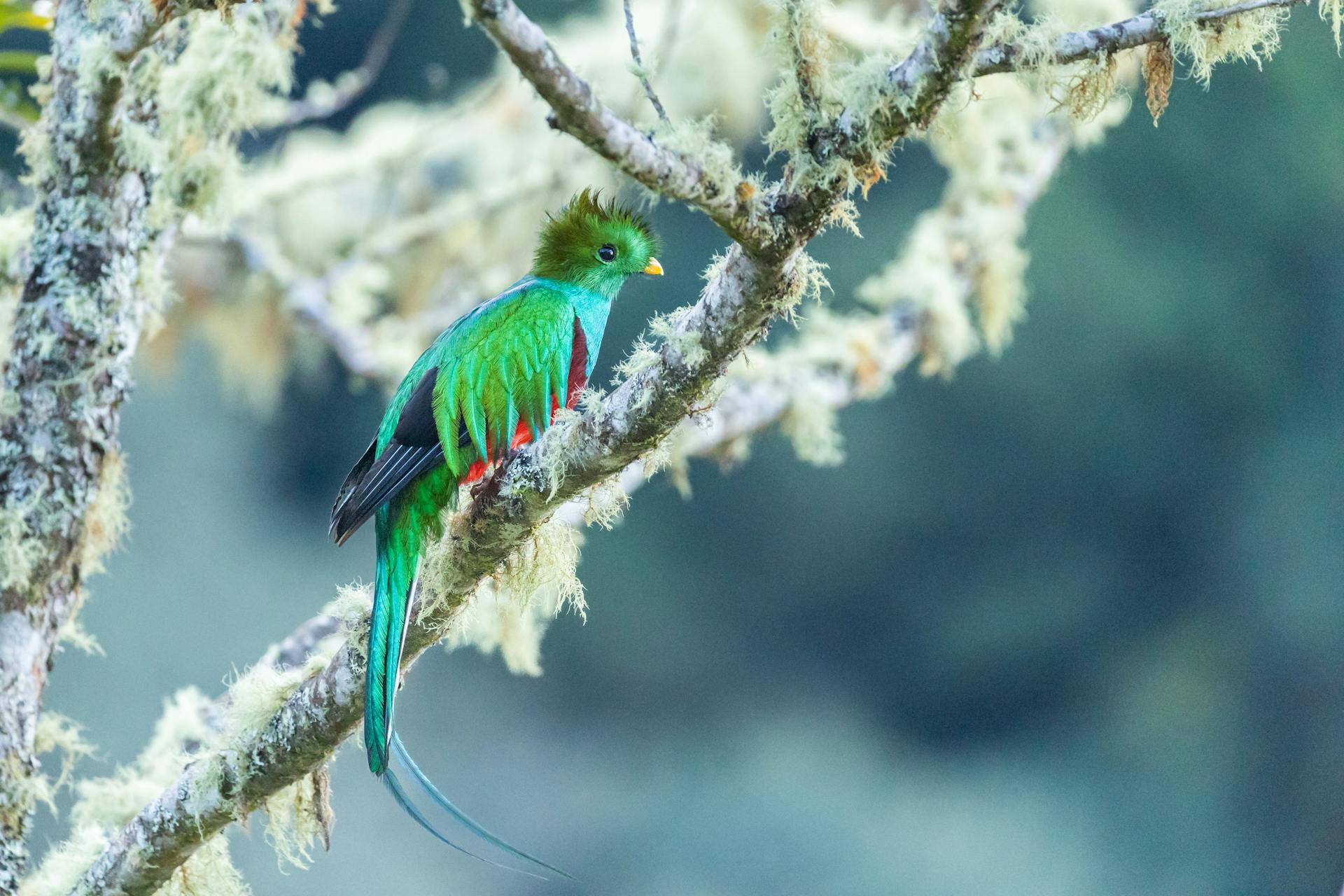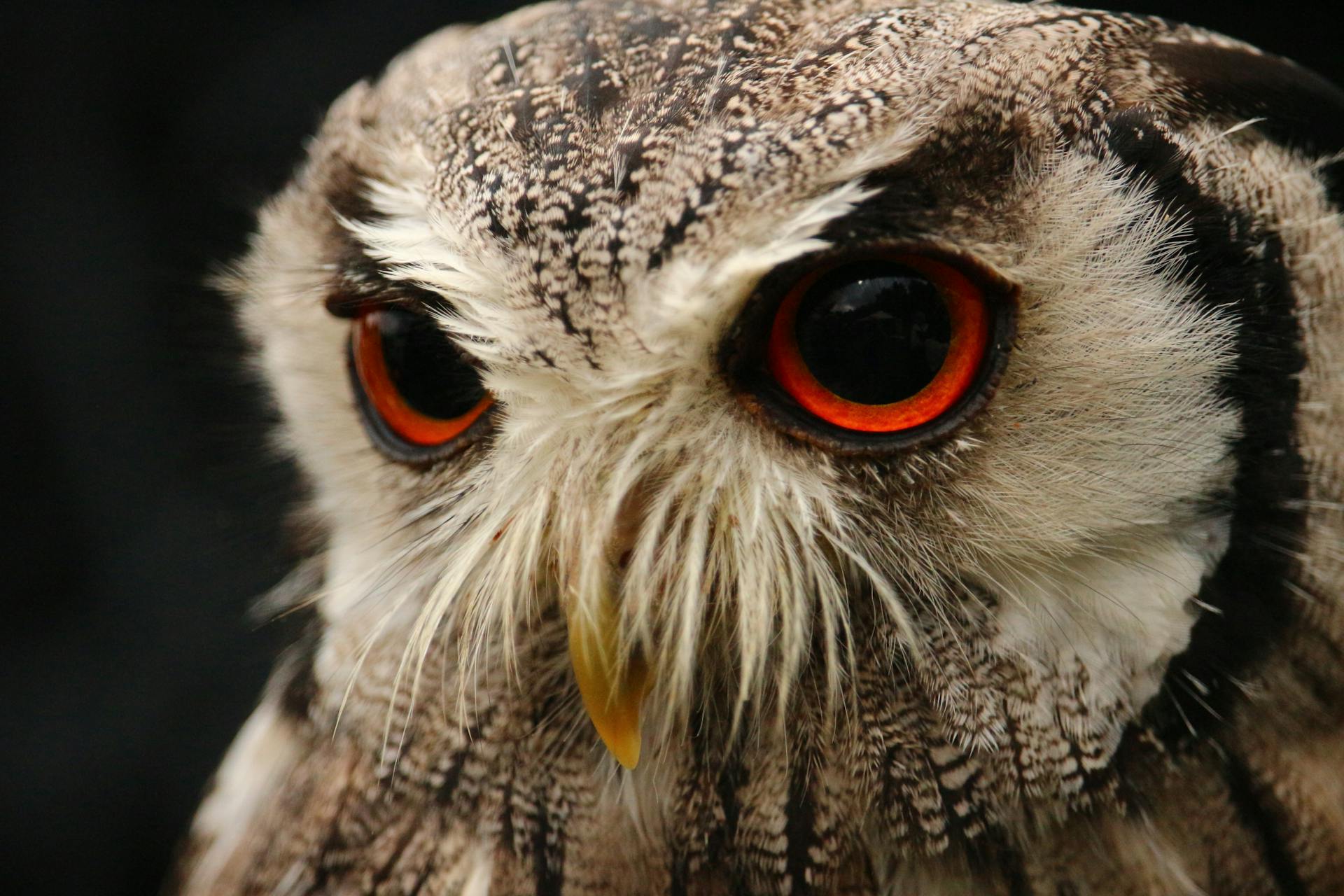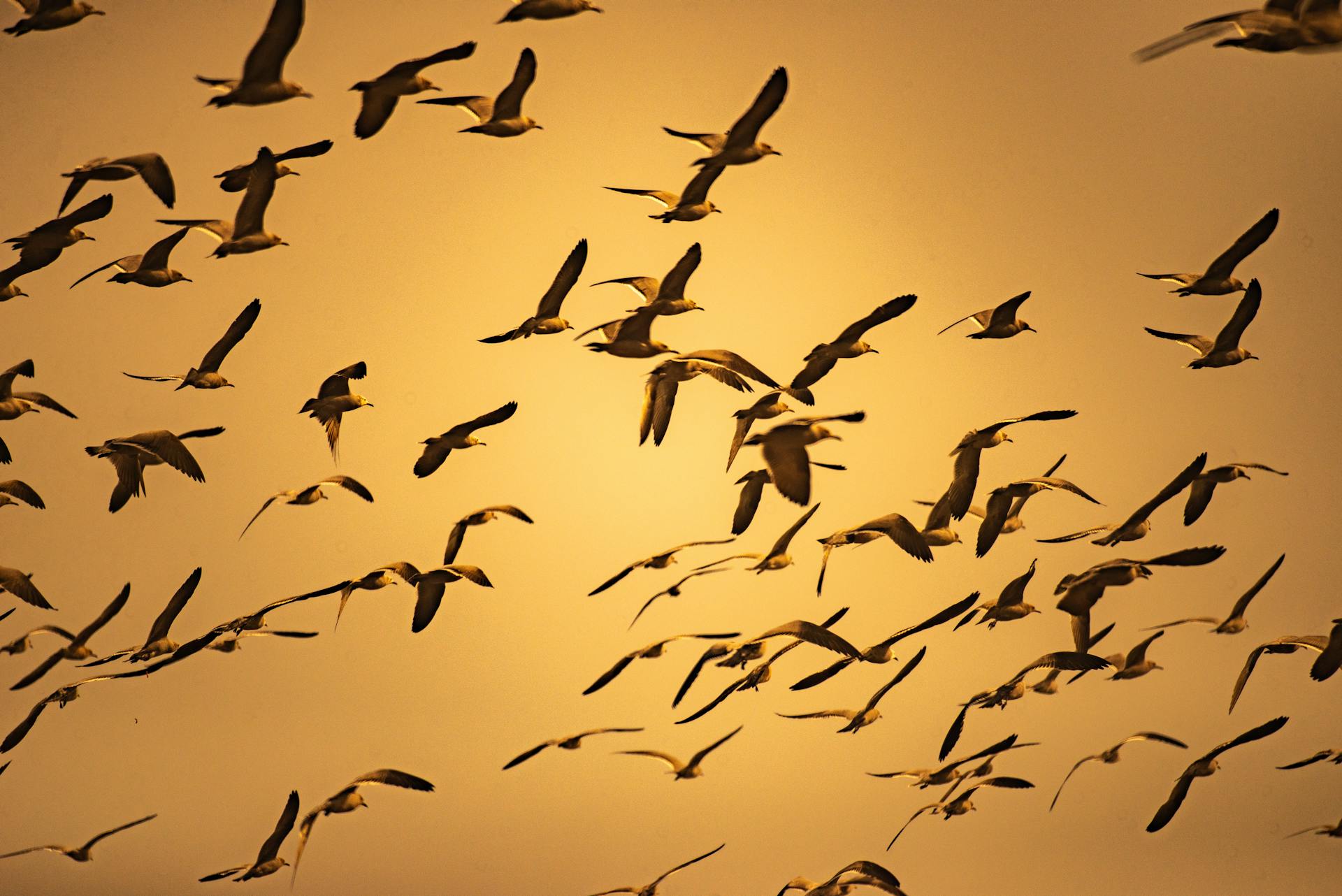Imagine a world painted with every hue imaginable, from vivid reds and brilliant blues to shimmering greens and dazzling yellows. This isn’t a dream or a work of fiction—it’s the mesmerizing reality of some of the world’s most colorful birds.
Birds are among nature’s most enchanting creatures, showcasing an incredible range of shapes, sizes, and colors. From the lush rainforests of South America to the serene wetlands of Africa, the world is home to thousands of bird species, each with its own unique charm. Among them, some stand out for their vibrant plumage, an evolutionary masterpiece crafted over millions of years. These bright colors are more than just eye-catching—they serve crucial purposes, from attracting mates to blending into their surroundings to evade predators. In this article, we’ll embark on a journey across the globe to explore ten of the most colorful birds, each one a testament to the beauty and diversity of avian life.
Resplendent Quetzal
The Resplendent Quetzal is often hailed as one of the most beautiful birds in the world, with its vibrant green and red plumage and long, flowing tail feathers that can reach up to three feet in length. Found in the cloud forests of Central America, particularly in countries like Guatemala and Costa Rica, this bird thrives in the dense, misty canopies where it feeds on fruits, insects, and small vertebrates. The Resplendent Quetzal’s iridescent feathers shimmer with every movement, displaying a rainbow of colors that change with the light. Revered in Mayan culture, this bird was considered a symbol of freedom and wealth, and its feathers were worn by royalty. Today, the Resplendent Quetzal remains a living treasure, embodying both natural beauty and cultural heritage.
Mandarin Duck
With its bright orange, blue, green, and white plumage, the Mandarin Duck is one of the most striking waterfowl in the world. Native to Eastern Asia, this bird is commonly found in wooded ponds and rivers, where its vibrant colors make it a standout. The males are especially vivid, sporting an elaborate set of feathers during the breeding season that they use to attract mates through intricate courtship displays. Known for their loyal pairing behavior, Mandarin Ducks often form lifelong bonds. Their ornate appearance and graceful demeanor have made them a symbol of love and fidelity in Chinese culture, often featured in art and literature as a representation of romantic harmony.
Scarlet Macaw
The Scarlet Macaw is a spectacle of color, boasting red, blue, and yellow feathers that contrast sharply with its white face and large, powerful beak. Found in the rainforests of Central and South America, this bird is known for its striking appearance and high intelligence. Scarlet Macaws are social birds that communicate with a range of vocalizations and are capable of mimicking human speech, making them popular in both zoos and as pets. However, their intelligence also requires significant mental stimulation, and they are best left in the wild, where they can play and interact with their flock. In the rainforest, their bright plumage helps them blend into the colorful canopy, while their strong beaks are perfect for cracking nuts and seeds.
Peacock (Indian Peafowl)
Few birds can rival the Peacock, or Indian Peafowl, in sheer spectacle. Males are famous for their iridescent blue and green plumage and the stunning display of their large, fan-like tails, which are covered in eye-like patterns that shimmer with color. This elaborate display is used during courtship to attract females and intimidate rivals. Native to the Indian subcontinent, peacocks are often found in open forests and farmlands, where they forage for grains, berries, and small insects. The peacock’s breathtaking display has made it a symbol of beauty and pride in many cultures, and it is even the national bird of India. Despite its ostentatious appearance, the peacock’s natural habitat is under threat, making conservation efforts vital for its survival.
Rainbow Lorikeet
The Rainbow Lorikeet, true to its name, is a burst of color with a bright blue head, green wings, and a body splashed with nearly every color of the rainbow. Native to the coastal regions of Australia, this bird is often seen in urban areas as well as rainforests, where it feeds primarily on nectar and pollen. The Rainbow Lorikeet’s playful nature and loud, chattering calls make it a lively presence in its habitat. Its brush-tipped tongue is specially adapted for feeding on nectar, a diet that complements its energetic lifestyle. The vibrant colors of the Rainbow Lorikeet, combined with its social and active behavior, make it a favorite among birdwatchers and photographers alike.
Keel-billed Toucan
The Keel-billed Toucan is an unmistakable bird, with its black body, bright yellow chest, and a large, multicolored bill that looks almost too big for its head. Found in the tropical rainforests of Central and South America, the Keel-billed Toucan’s oversized bill is surprisingly lightweight, made of keratin, and is used to reach fruits on branches that are too small to support the bird’s weight. Its colorful appearance is matched by its lively personality; the Keel-billed Toucan is a social bird, often found in groups calling to each other with a frog-like croak. Despite their bright colors, these toucans are adept at blending into the rainforest canopy, where their colors mimic the leaves and fruits around them.
Atlantic Puffin
Often referred to as the “clown of the sea,” the Atlantic Puffin is a charming bird with a black and white body and a brightly colored orange beak, which becomes even more vibrant during the breeding season. These birds are found in the North Atlantic Ocean, nesting on coastal cliffs where they dig burrows to lay their eggs. Atlantic Puffins are expert divers, using their wings to ‘fly’ underwater while hunting for fish. Despite their awkward waddle on land, they are swift and agile in the water, making them highly efficient hunters. The striking appearance and endearing behavior of Atlantic Puffins have made them a favorite among bird enthusiasts, and they play a significant role in the ecosystems of their coastal habitats.
Gouldian Finch
The Gouldian Finch, also known as the Rainbow Finch, is one of the most colorful birds in the world, with its plumage showing a dazzling array of colors including red, yellow, green, blue, and purple. Native to the open woodlands and grasslands of northern Australia, this finch prefers to live in small flocks, feeding on seeds and insects. Unfortunately, due to habitat loss and other factors, the Gouldian Finch is now considered an endangered species. Its bright colors and gentle nature have made it popular in aviculture, but conservation efforts are essential to ensure that wild populations can recover. This finch’s vivid plumage and calm demeanor make it a standout among birds, showcasing the incredible diversity of avian life.
Flamingo
Flamingos are instantly recognizable for their pink to reddish feathers, long legs, and curved bills. These birds inhabit shallow lakes, lagoons, and mangrove swamps across several continents, including Africa, the Americas, and Europe. The iconic pink color of flamingos is derived from the carotenoid pigments in their diet of algae and crustaceans, and this coloration can vary depending on their food sources. Flamingos are highly social birds, often seen in large flocks, where they perform synchronized group displays. Their unique feeding method, using their curved bill to filter-feed in muddy waters, is another remarkable adaptation. The flamingo’s elegant posture and vivid coloration have made it a symbol of exotic beauty in many cultures.
Lilac-breasted Roller
The Lilac-breasted Roller is a bird that looks like it flew straight out of a painter’s palette, with shades of blue, green, purple, and brown blending beautifully across its body. Native to sub-Saharan Africa, this bird is often found in open woodlands and savannas, where it perches conspicuously, watching for insects and small prey. Known for its acrobatic flight, the Lilac-breasted Roller performs impressive aerial maneuvers when hunting or defending its territory. The vivid colors of this bird, coupled with its dynamic flight displays, make it a favorite among birdwatchers and a symbol of Africa’s rich natural beauty.
Conclusion
The vibrant birds we’ve explored represent just a small fraction of the diversity and beauty found in the avian world. From the shimmering Resplendent Quetzal of Central America to the brilliantly hued Lilac-breasted Roller of Africa, these colorful creatures captivate us not only with their looks but also with their fascinating behaviors and ecological significance. Each bird’s unique plumage serves a purpose, whether it’s to attract a mate, blend into the environment, or stand out in their natural habitats. This dazzling array of colors and patterns reminds us of the extraordinary adaptability and evolution of bird species around the globe.
Preserving the habitats of these colorful birds is crucial to maintaining their populations and the ecological balance of their environments. Many of these species face threats from habitat destruction, climate change, and human encroachment, which can lead to declining numbers and, in some cases, endangerment. Conservation efforts, including habitat protection, breeding programs, and awareness campaigns, are essential to ensure these birds continue to thrive.
As we marvel at the beauty of these colorful birds, it’s important to recognize the role each of us can play in their conservation. Birdwatching, supporting wildlife reserves, and advocating for environmental protection are all ways we can contribute to the preservation of these remarkable creatures. By appreciating and protecting these birds, we help ensure that future generations can also experience the joy and wonder of the world’s most colorful avian wonders.


